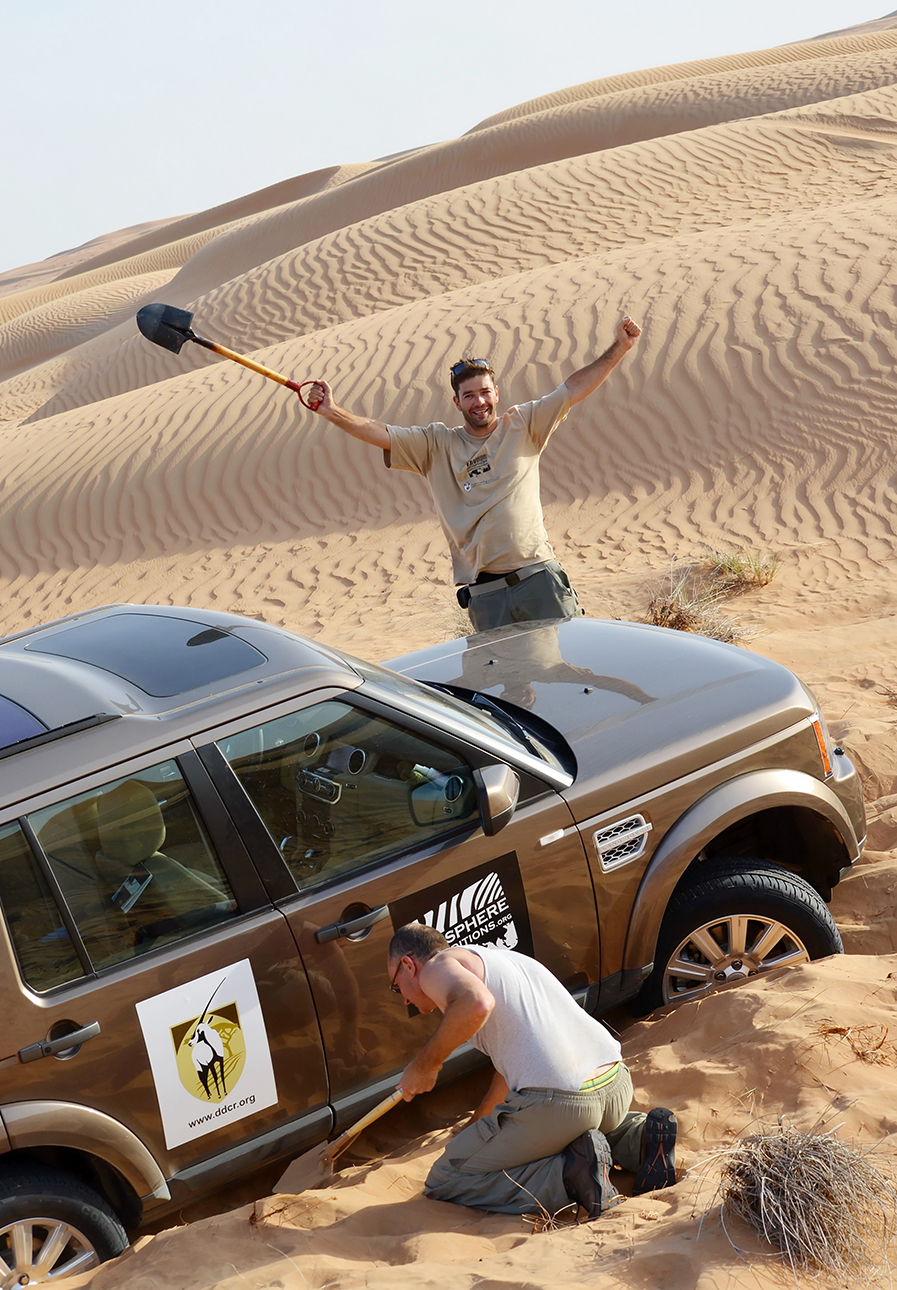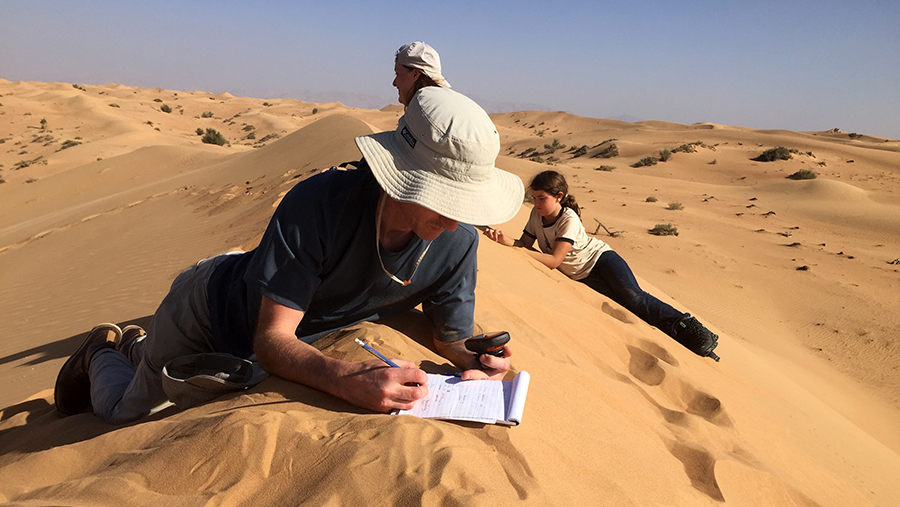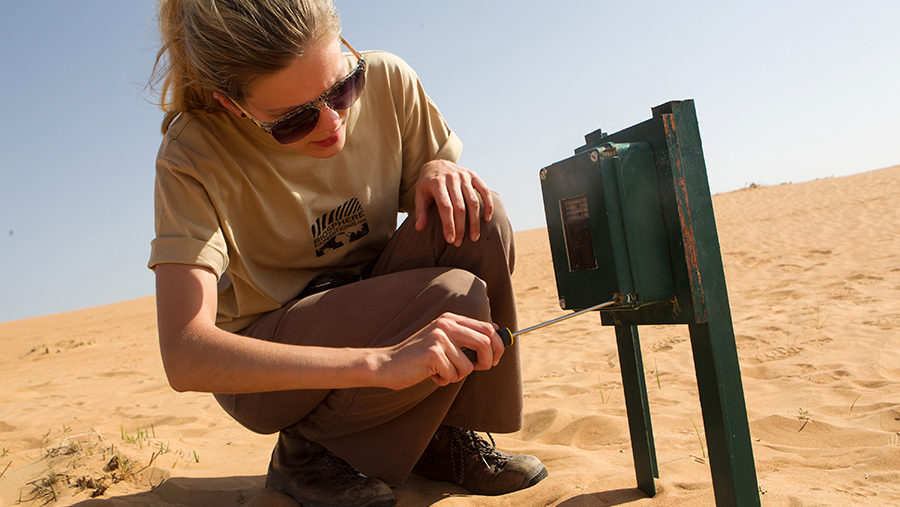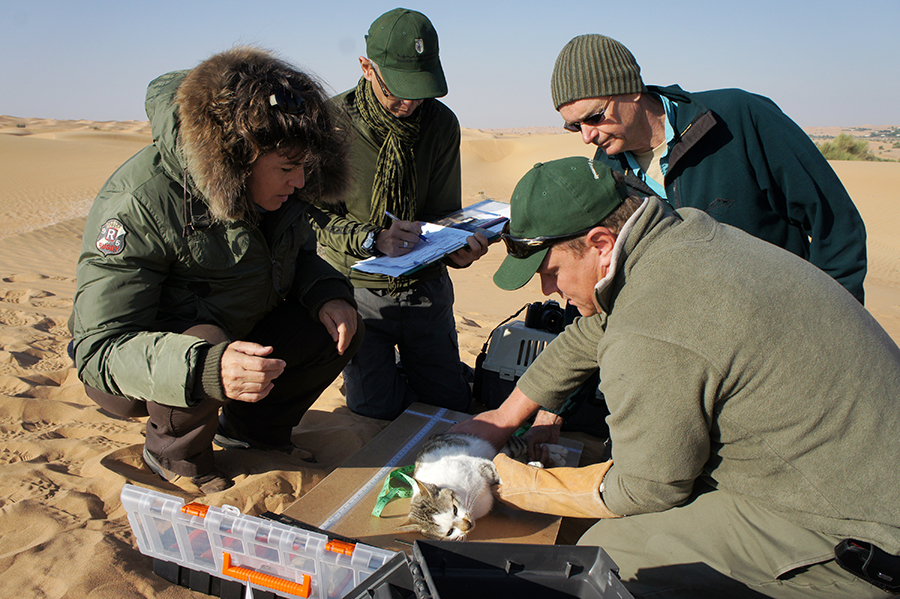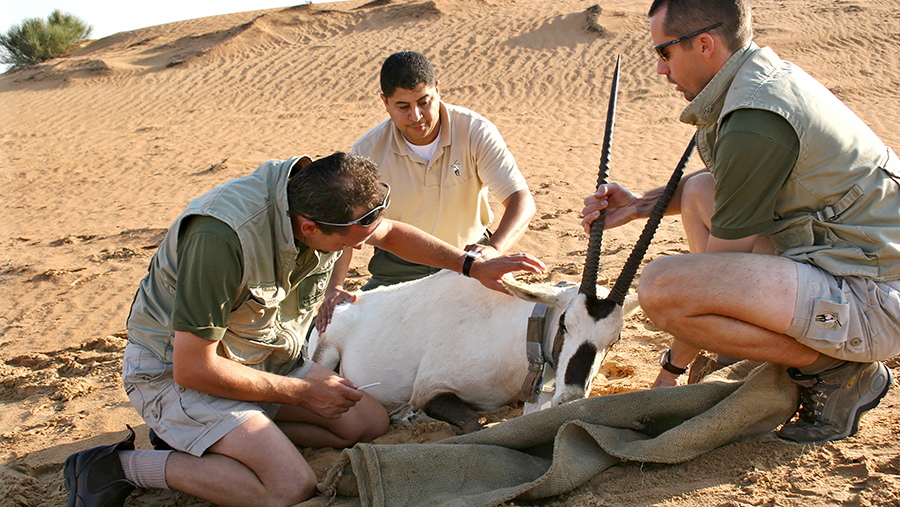January 2018 saw Biosphere Expeditions’ seventh annual citizen science expedition to and in collaboration with the Dubai Desert Conservation Reserve (DDCR). Participants from all over the world helped to collect ecological data on rare desert species.
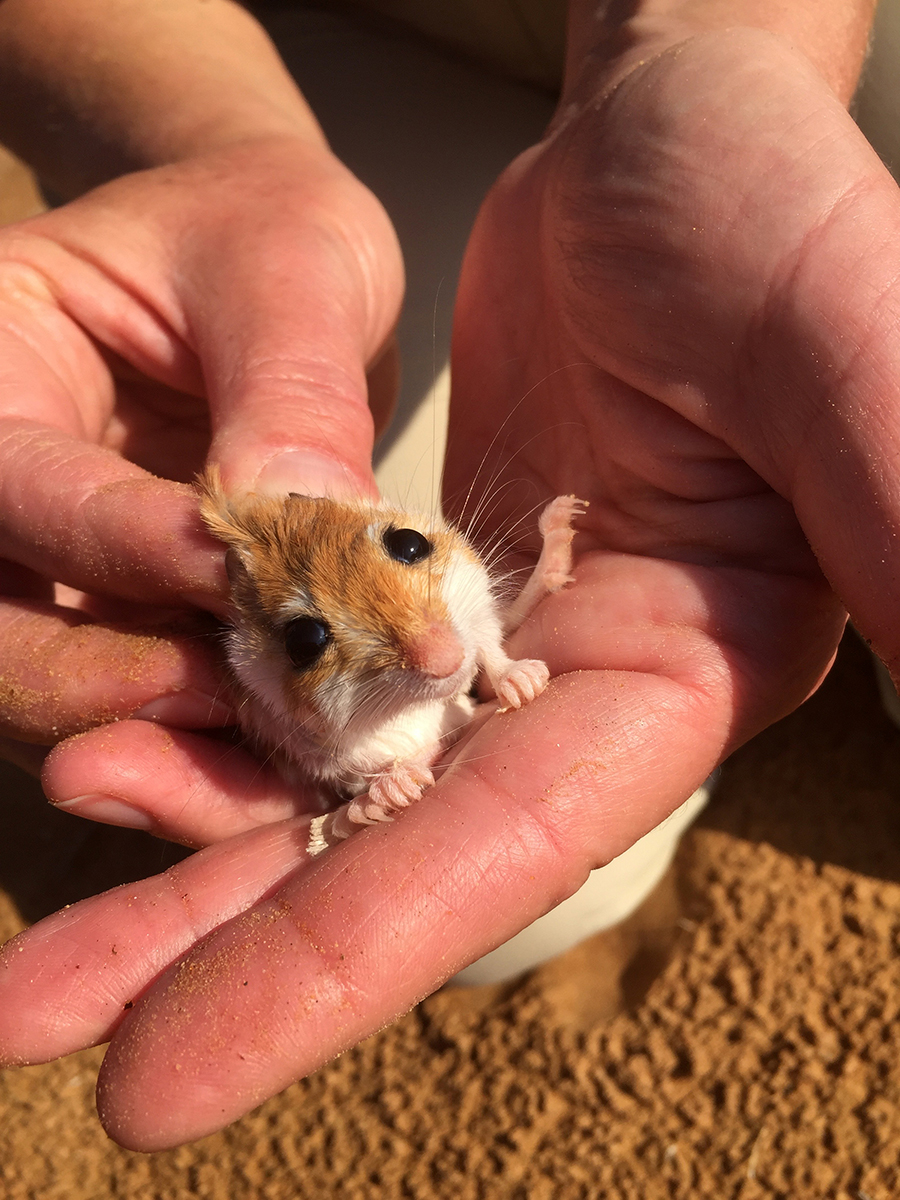
This will help DDCR management to define conservation management objectives in the future. Greg Simkins, the DDCR’s manager, says that ”Biosphere Expeditions not only provides us with an opportunity to engage with citizen scientists from a variety of countries to highlight our conservation work. Our joint annual survey expedition also enables us to make a rapid assessment of important species and their distribution within the DDCR each year”.
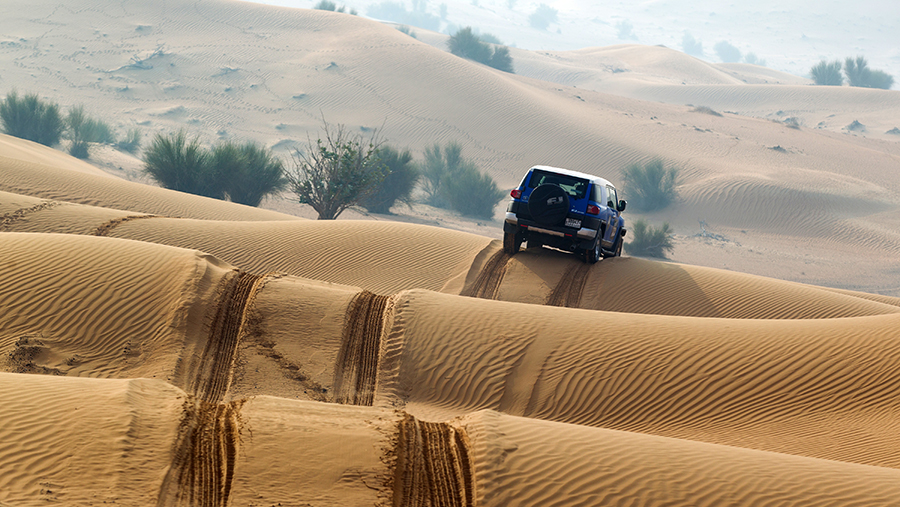
Expeditioners assessed Arabian oryx, Arabian and sand gazelle populations, monitored the status of fox dens, mapped plant distribution, set live and camera traps, and recorded fauna by observation.
Camera traps took over 4.500 pictures including several of the cinereous vulture (Aegypius monachus), a bird species that has only ever been recorded in the UAE on three occasions. In total over fifty species of birds, mammals, reptiles and plants were recorded by the expedition team.

Expedition leader Malika Fettak says that “this was a very successful expedition working with enthusiastic people that share a common goal. Everyone on the team put a lot into the project and was rewarded with fantastic results of two live captures of Arabian red fox and the exceptionally rare proof of cinereous vulture within the DDCR.” Andy Trace, a citizen science participant from the UK, agrees: “I really felt like a scientist and I am certain our efforts are going to help the DDCR’s conservation goals.”
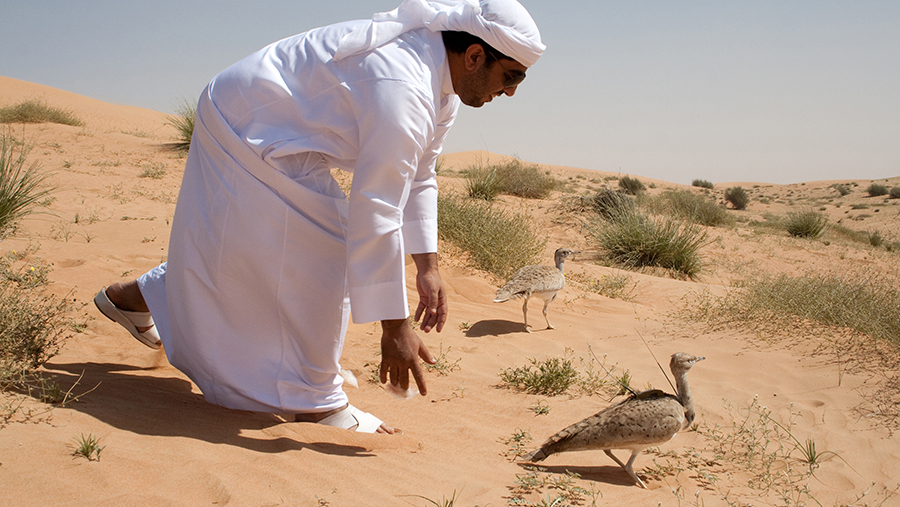
Early examination of the expedition results suggest that Arabian oryx and Arabian fox populations in the DDCR are healthy and continuing to expand. A detailed report of the expedition findings will be published in August 2018. Biosphere Expeditions and the DDCR look forward to many more annual survey expeditions to help wildlife and conservation in the unique place that is the DDCR. ■
Words + Photos by: Biosphere Expeditions


